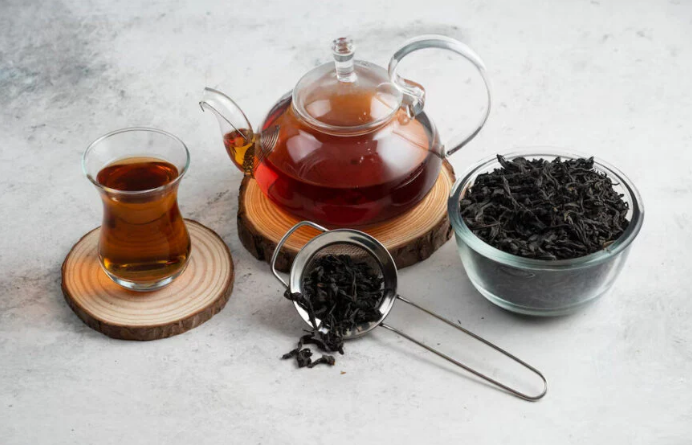Exploring the World of Tea: From Green to Black and Everything In Between

Tea, a beverage cherished across cultures and continents, offers a rich tapestry of flavours, aromas, and traditions. Originating in ancient China, tea has traversed the globe, developing a range of varieties, each with its unique characteristics. From delicate green teas to robust black brews, and an array of herbal infusions, the world of tea is as diverse as it is delightful.
The Origins and Diversity of Tea
Dating back over 5,000 years, tea has a storied history steeped in legend and lore. Legend has it that the Emperor Shen Nong discovered tea when a leaf from a nearby tree fell into his pot of boiling water. From this humble beginning, tea cultivation spread throughout China and eventually to other parts of Asia, including Japan and India. Today, tea is cultivated in various regions worldwide, each imparting its unique character to the brew. From the misty hills of Darjeeling to the sun-drenched fields of Assam, and the lush plantations of Sri Lanka, notably known for its exquisite Ceylon tea, the geographical diversity of tea cultivation adds depth and complexity to the world of tea.
The Tea-Making Process
The journey from leaf to cup is an intricate process that involves plucking, withering, rolling, oxidising, and drying. The type of tea produced—whether green, black, oolong, or white—depends on the processing methods employed. Green tea, for instance, undergoes minimal oxidation, preserving its vibrant green hue and delicate flavour profile. In contrast, black tea is fully oxidised, resulting in a robust brew with deep, malty notes. Oolong tea occupies the middle ground, offering a balance of oxidation and flavour complexity. Each step in the tea-making process contributes to the final character of the brew, reflecting the skill and craftsmanship of tea artisans.
The Health Benefits of Tea
Beyond its exquisite taste and cultural significance, tea boasts a range of health benefits. Rich in antioxidants, tea is believed to promote a healthy heart, aid in weight management, and boost immunity. Green tea, in particular, is lauded for its high concentration of catechins, which are potent antioxidants known for their disease-fighting properties.
Embracing the Ritual of Tea
In cultures around the world, tea is more than just a beverage—it is a ritual, a symbol of hospitality, and a means of connection. From the elaborate tea ceremonies of Japan to the cosy afternoon tea tradition in England, tea rituals foster a sense of community and belonging. Whether savoured alone or shared with loved ones, a cup of tea invites us to pause, reflect, and appreciate the simple pleasures of life.





